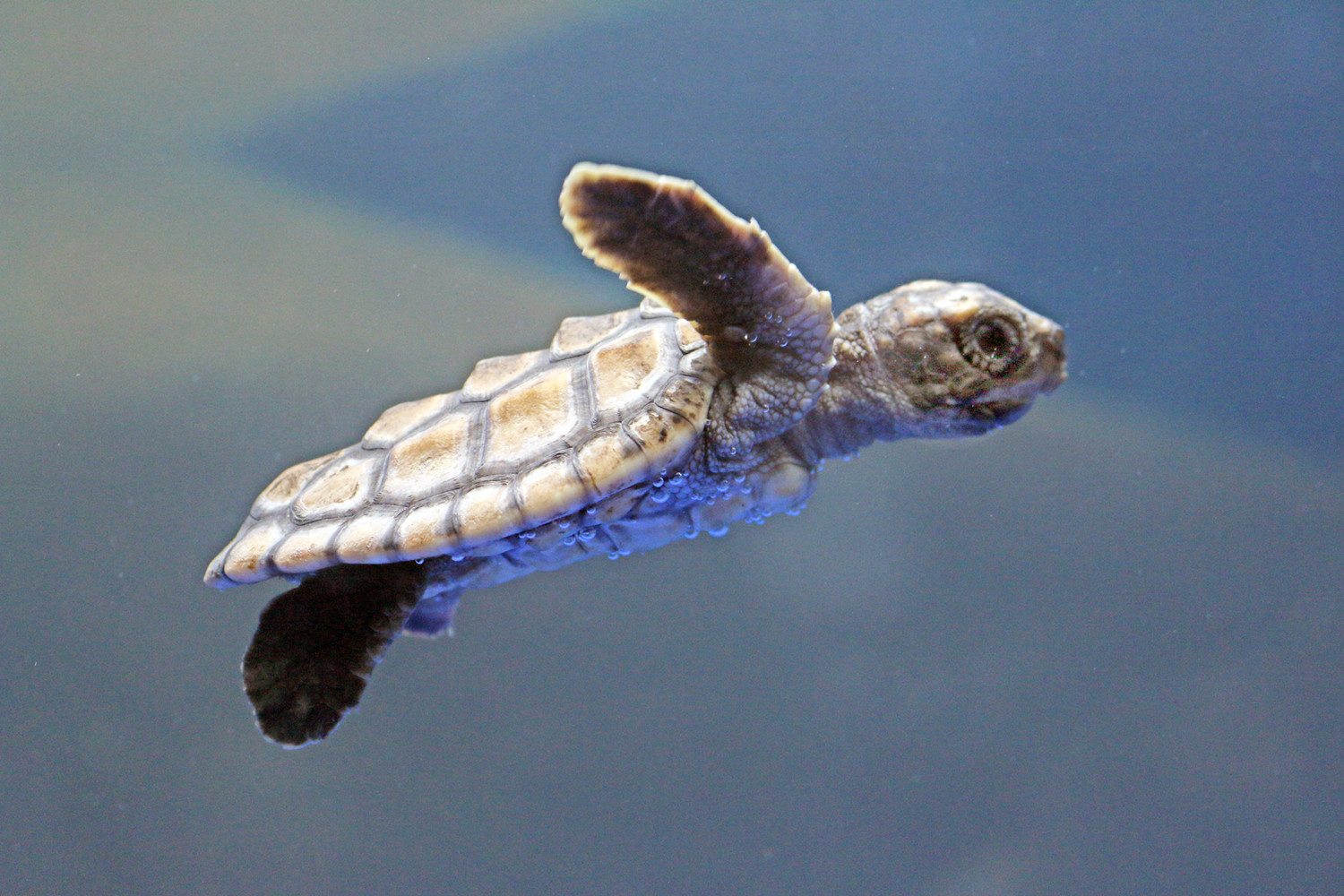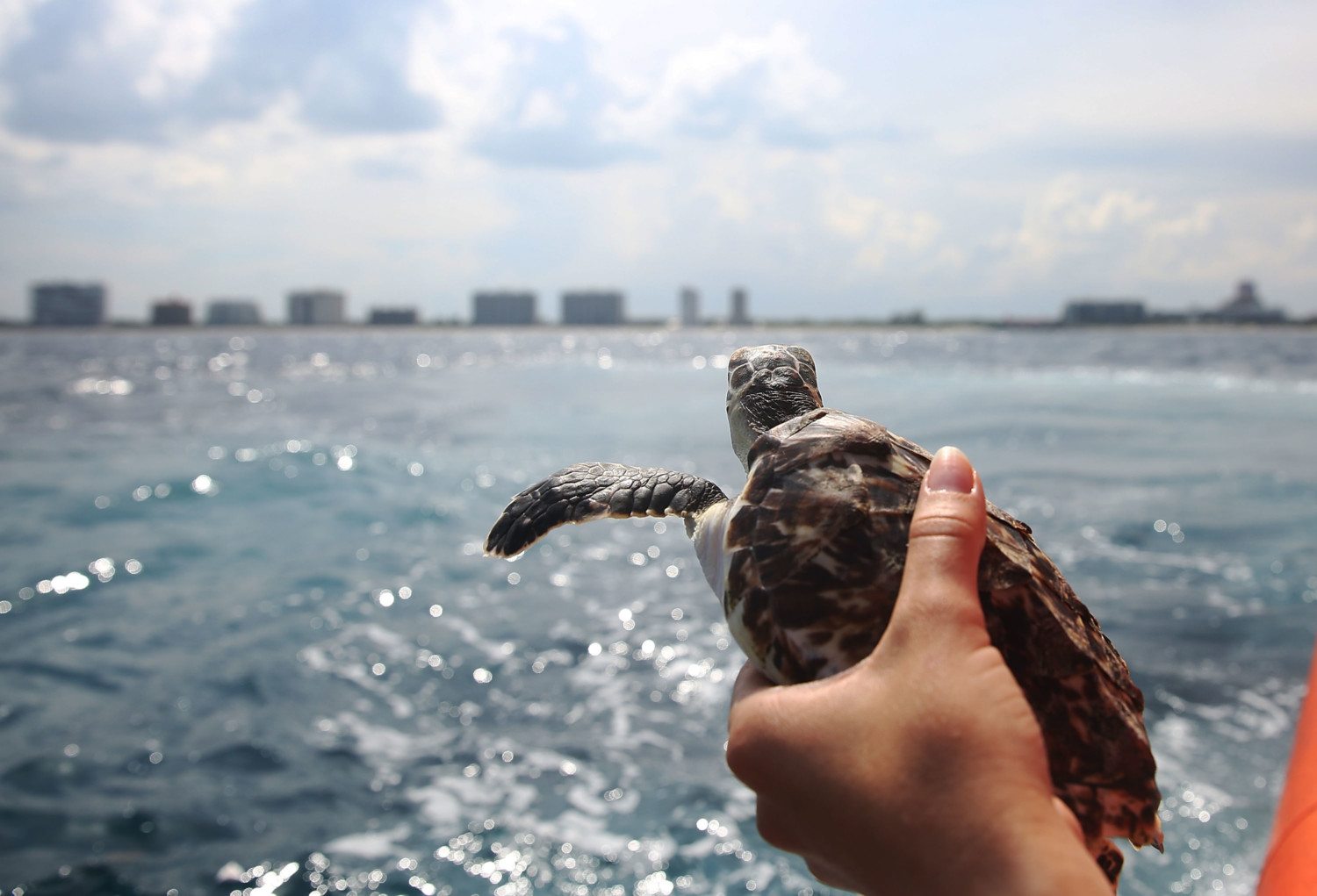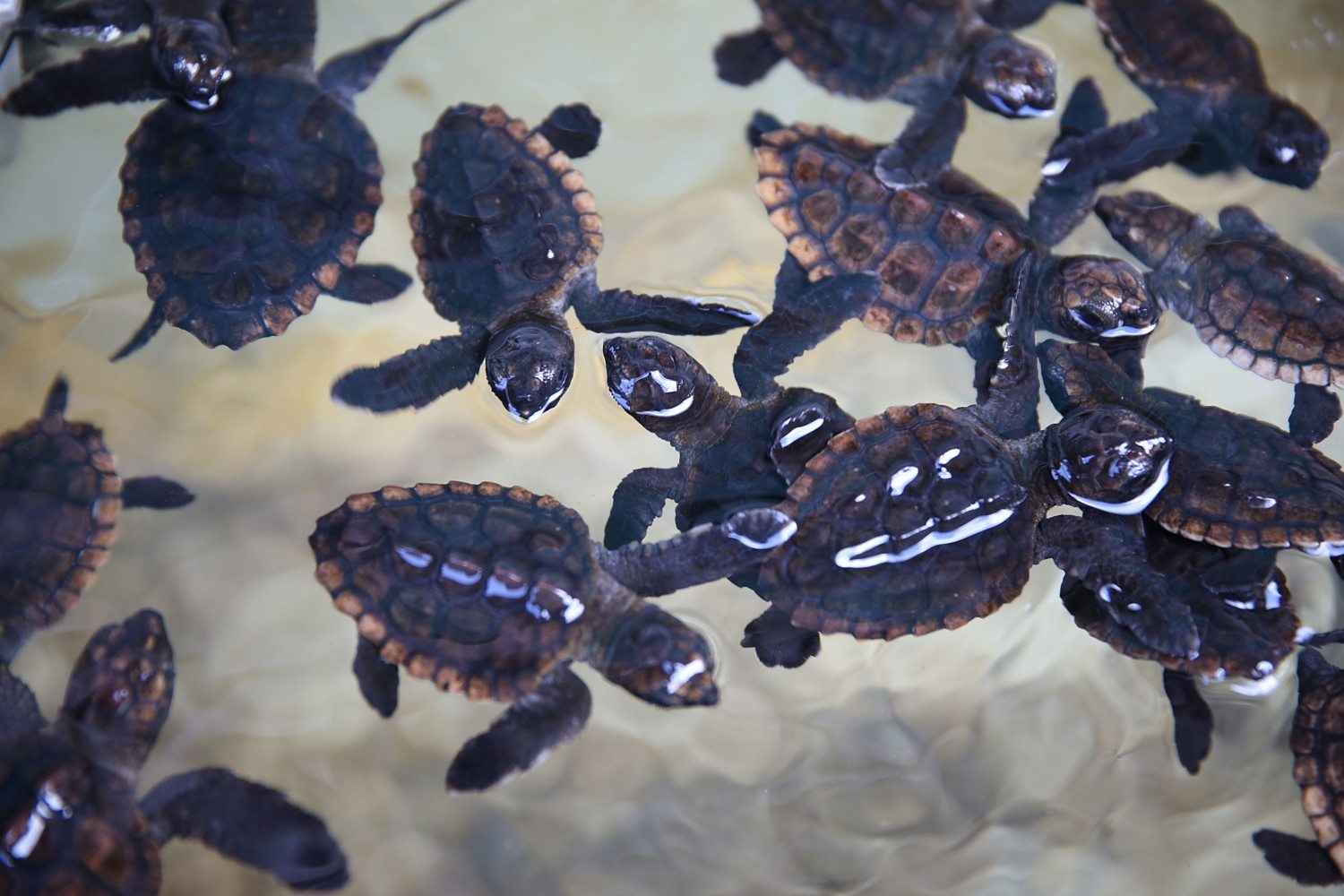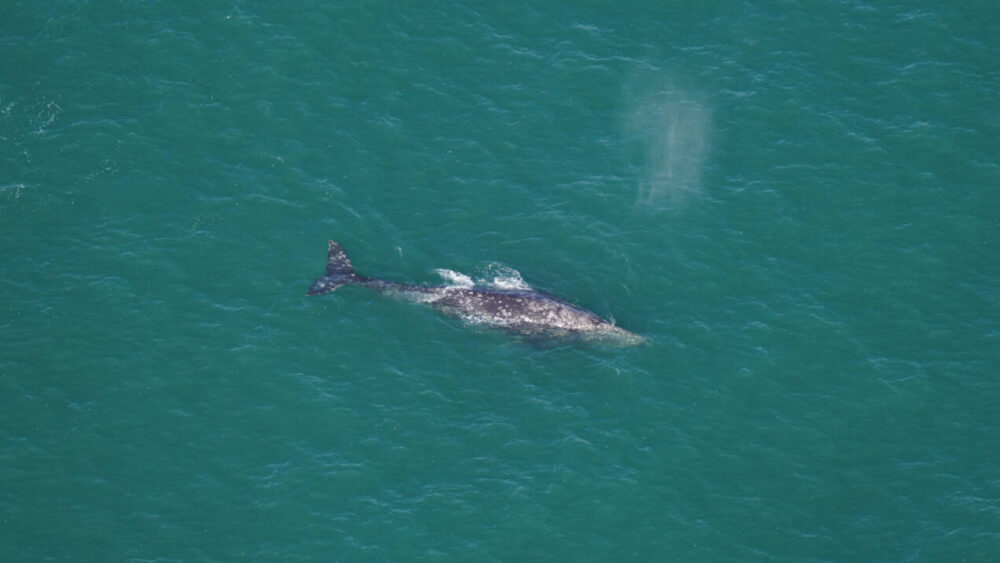The reason the majority of sea turtle babies are now female
Something funky is going on with sea turtles—and researchers are helping get to the bottom of it.
Along Australia’s Great Barrier Reef, 99 percent of baby turtles are now female—less than 1 percent are male.
Why is this?
It has to do with the earth’s warming temperature, according to the study, which was published in January in the journal Current Biology.
There’s a perfectly rational explanation for the gender divide in baby sea turtle births these days. Sea turtles—like many other reptiles—have their sex determined by the temperature of the nest around them, with cooler temperatures leading to males and warmer temperatures breeding females. Eggs incubated at temperatures below 81.86 Fahrenheit will become males, and anything above 87.8 Fahrenheit will produce all females.
Anything between those two temperatures should produce a mix of sexes, with most turtle populations typically having a very slight skew towards producing more females (as males can breed more easily and widely). A 99 percent female population, however, is a worrisome ratio.
This imbalance isn’t just happening in Australia, either. The same problem has reached Florida’s shores.
Boris Teeza, a researcher at Florida Atlantic University’s research lab, told WPTV earlier this month, “We estimate that over the past 10 years, 95 percent of all the turtles that hatched in South Florida have been female. The long term concern is definitely that turtle populations could be increasingly imperiled.”
And temperature dictates the sex of not only green sea turtles, but of other species as well, including freshwater snapping turtles and reptiles like lizards and alligators, whose populations in some places are already experiencing a change in gender ratio.
It’ll be a while before researchers are able to study the full repercussions of sea turtles’ increasingly female population, since the changes are being observed in juvenile turtles at the moment and it can take up to 25 years for turtles to reach sexual maturity. But scientists are concerned.
“As far as I’m aware, this is one of the first times that kind of our worst fears are coming true and that there are populations that are being exposed to such high temperatures that they are basically unisexual,” Clare Holleley, senior research scientist at the Australian National Wildlife Collection, told NBC News.
If nothing changes, we could see a massive reduction—or even extinction—of sea turtles in our oceans. And since sea turtles are essential staples in aquatic life (they maintain coral reefs and transport nutrients), their disappearance or a fall in their numbers could have wide-ranging repercussions on other ocean life.
While researchers are looking into what can be done, taking steps to reduce man-made climate change seems like a good place to start. Because with news like this, it’s hard to deny the very real consequences of our warming planet and the consequences that could be waiting for us further down the line.








